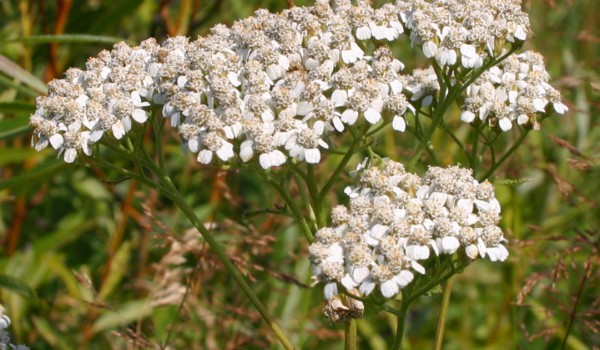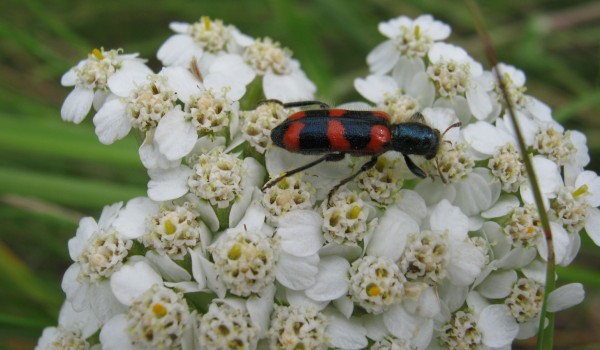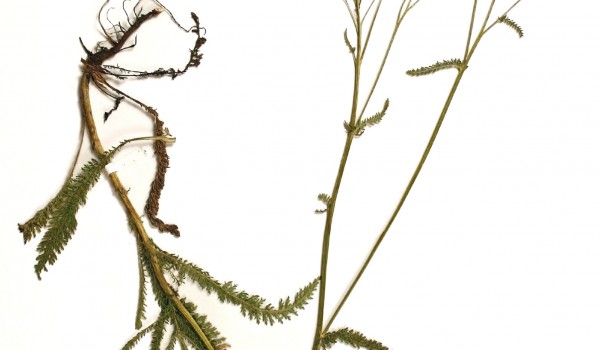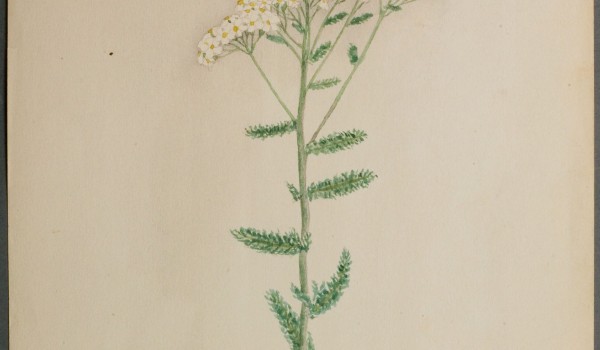Aster (Asteraceae)
Common Yarrow
Achillea millefolium L.Common Yarrow is widespread throughout North America, and has been used by Indigenous people for medicinal purposes. It is often found in gardens, but spreads from a rhizome and can become weedy. Its flowers have a distinctive smell, and provide nectar and pollen that is especially attractive to butterflies, wasps, flies, and bees. The leaves have a bitter taste, and most mammals find them an unappealing meal.
Flower Colour:
- White
Flowering Season:
- Summer
Flowering Months:
- August
- July
- June
Canadian Rarity Status:
Not rare
Physical Appearance:
Common Yarrow is a perennial with one to several hairy stems that grow to 100 cm tall from an underground rhizome. Its alternate, lance-shaped leaves are hairy and twice divided into fine leaflets, giving them a feathery appearance. Multiple flower heads are arranged into flat, dome-shaped clusters on flowering branches. Each head is made up of five ray (often with notched tips) and 5 to 25 disc florets. The single-seeded fruits are oblong, flattened, and lack tufts of hair.
Similar Species:
Prairie Everlasting (Antennaria neglecta Greene)
Gardening Notes:
Seeds and/or plants are typically available from greenhouses and seed supply companies specializing in native plants. This plant can be grown from seeds, and care should be taken to control its weedy tendencies.
Canadian Distribution:
- Alberta
- British Columbia
- Manitoba
- New Brunswick
- Newfoundland/Labrador
- Northwest Territories
- Nova Scotia
- Nunavut
- Ontario
- Prince Edward Island
- Quebec
- Saskatchewan
- Yukon
Prairie Types:
- Fescue Prairie
- Mixed Grass Prairie
- Tall Grass Prairie
Habitats:
- Beaches
- Forests
- Meadows
- Prairies
- Roadsides
- Shores
Moisture Conditions:
- Dry
- Moderate
- Moist
Light Preference:
- Full Sun
- Part Shade
Soil Preference:
- Clay
- Loam
- Sand
Associated Pollinators:
-
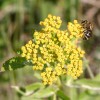 Andrenid Bees, Miner/Digger Bees (Andrenidae)
Andrenid Bees, Miner/Digger Bees (Andrenidae)
-
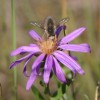 Bee Flies (Bombyliidae)
Bee Flies (Bombyliidae)
-
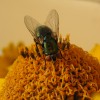 Blow Flies (Calliphoridae)
Blow Flies (Calliphoridae)
-
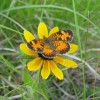 Brush-footed Butterflies (Nymphalidae)
Brush-footed Butterflies (Nymphalidae)
-
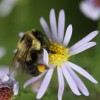 Bumble, Honey, and other Bees (Apidae (Subfamily Apinae))
Bumble, Honey, and other Bees (Apidae (Subfamily Apinae))
-
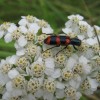 Checkered Beetles (Cleridae)
Checkered Beetles (Cleridae)
-
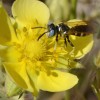 Crabronid Wasps (Crabronidae)
Crabronid Wasps (Crabronidae)
-
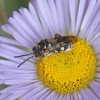 Cuckoo Bees (Apidae (Subfamily Nomadinae))
Cuckoo Bees (Apidae (Subfamily Nomadinae))
-
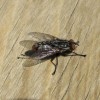 Flesh Flies (Sarcophagidae)
Flesh Flies (Sarcophagidae)
-
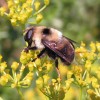 Flower Flies (Syrphidae)
Flower Flies (Syrphidae)
-
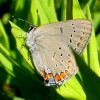 Gossamer-winged Butterflies (Lycaenidae)
Gossamer-winged Butterflies (Lycaenidae)
-
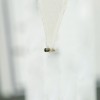 Grass Flies (Chloropidae)
Grass Flies (Chloropidae)
-
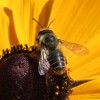 Leafcutter and Mason Bees (Megachilidae)
Leafcutter and Mason Bees (Megachilidae)
-
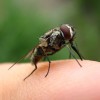 Muscid Flies (Muscidae)
Muscid Flies (Muscidae)
-
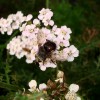 Parasitic Flies (Tachinidae)
Parasitic Flies (Tachinidae)
-
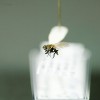 Root Maggot Flies (Anthomyiidae)
Root Maggot Flies (Anthomyiidae)
-
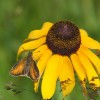 Skippers (Hesperiidae)
Skippers (Hesperiidae)
-
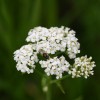 Soldier Flies (Stratiomyidae)
Soldier Flies (Stratiomyidae)
-
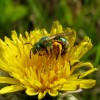 Sweat Bees, Halictid Bees and other Bees (Halictidae)
Sweat Bees, Halictid Bees and other Bees (Halictidae)
-
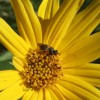 Thick-headed Flies (Conopidae)
Thick-headed Flies (Conopidae)
-
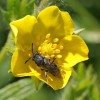 Yellow-faced Bees (Colletidae)
Yellow-faced Bees (Colletidae)
-
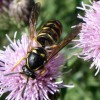 Yellowjacket, Potter, and other Wasps (Vespidae)
Yellowjacket, Potter, and other Wasps (Vespidae)






